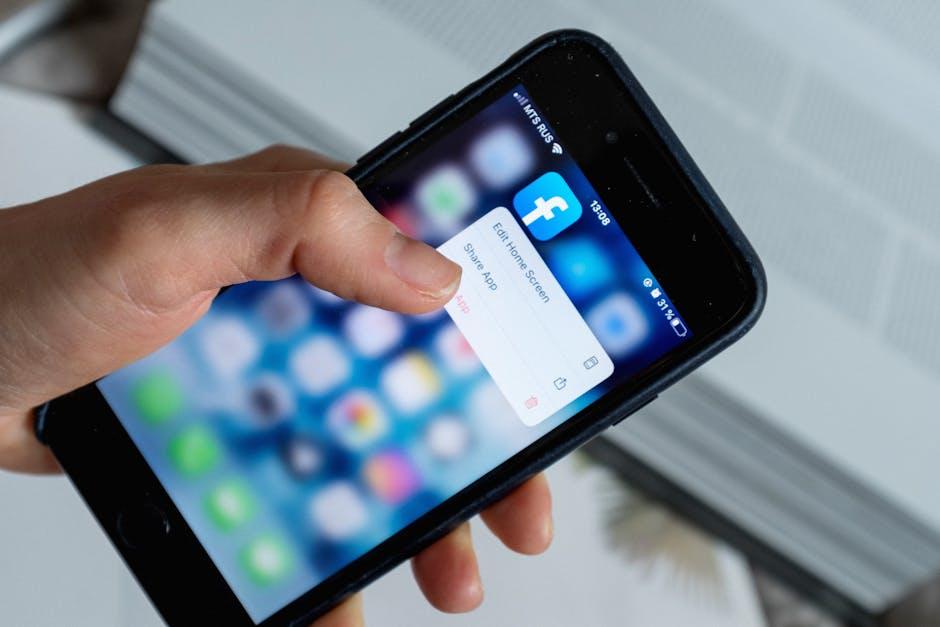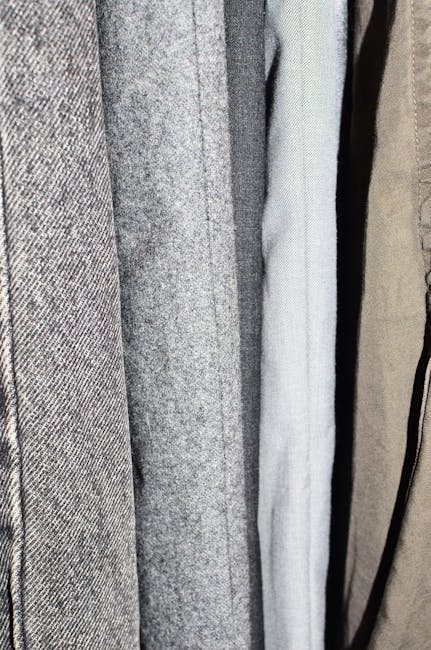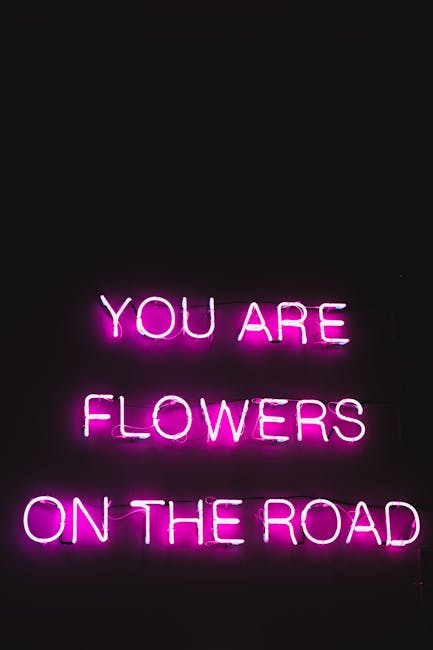
Ah, logos – the unsung heroes of branding. They may be small in size, but their impact is mighty. Like a bad hair day or a questionable outfit choice, a poorly designed logo can haunt your business for years to come. But fear not, dear readers! In this article, we’ll dive into the wild world of logo design and discuss the best practices to avoid those cringe-worthy moments. So buckle up, grab your design tools, and get ready to learn how to dodge the pitfalls of logo design with finesse and flair.
Choosing the Right Color Palette for Your Brand
So you’re ready to choose the perfect color palette for your brand, eh? Well, buckle up because we’re about to embark on a colorful journey!
First things first, think about your brand’s personality. Are you fun and quirky? Sophisticated and elegant? Whatever it may be, your color palette should reflect that. Remember, colors speak louder than words!
Next, consider your target audience. What colors are they drawn to? What emotions do you want to evoke? It’s all about creating a strong connection with your customers through your brand’s visuals.
And lastly, don’t be afraid to think outside the box! Mix and match unexpected colors, experiment with different shades, and have fun with it! After all, your brand’s color palette is like its signature outfit – make sure it’s one that makes a statement!

Creating a Timeless Design that Stands the Test of Time
When it comes to creating a design that will stand the test of time, there are a few key elements to keep in mind. First and foremost, **simplicity** is key. A timeless design should be clean and uncluttered, free from unnecessary distractions that could quickly become outdated.
Next, consider the **color palette** you choose. Opting for neutral colors or classic combinations such as black and white can help ensure that your design won’t look outdated in a few years. Avoiding trendy, overly bright colors can also help your design stand the test of time.
Another important factor to consider is the **materials** you use in your design. Choosing high-quality, durable materials will not only ensure that your design lasts for years to come but will also give it a timeless look and feel. Think classic materials like wood, leather, and metal.
Lastly, don’t forget about the **details**. Paying attention to small details like hardware, finishes, and textures can elevate your design and give it that extra touch of timelessness. Remember, it’s the little things that can make a big difference in creating a design that stands the test of time.

Simplifying Complex Concepts into Memorable Symbols
Ever wondered how to make complex ideas easier to remember? Well, say no more! Let me introduce you to the magical world of symbols!
Think of symbols as the superheroes of the intellectual universe, swooping in to save the day when your brain feels like mush. Take that confusing calculus equation and turn it into a simple stick figure holding a calculator. Voila! Suddenly, math doesn’t seem so scary anymore, does it?
With symbols, you can unlock the power of your imagination and transform the most convoluted concepts into bite-sized nuggets of wisdom. Want to remember the stages of the water cycle? Picture a tiny raindrop going on a wild adventure through the sky, rivers, and oceans. **Boom!** Instant memorization.
So, next time you’re struggling to wrap your head around a mind-boggling theory, remember: all you need are a few clever symbols to make it stick in your mind like peanut butter on toast. Trust me, your brain will thank you later!

Balancing Typography for Readability and Impact
Typography can be a tricky beast to tame, but with a little finesse, you can find the perfect balance between readability and impact. The key is to choose the right fonts, sizes, and spacing to ensure that your text is easy on the eyes while still making a statement.
When it comes to fonts, less is more. Stick to just a few typefaces to keep things clean and cohesive. And remember, not all fonts are created equal – some are better suited for headlines, while others are perfect for body text. Experiment with different combinations to see what works best for your content.
Size matters, especially when it comes to readability. Make sure your text is large enough to be easily legible, but not so big that it overwhelms the page. And don’t forget about spacing – a little breathing room between lines and paragraphs can make a world of difference.
And finally, don’t be afraid to get creative with your typography. Bold headlines, italicized quotes, and even the occasional underline can spice up your text and draw attention to key points. Just remember, moderation is key – too much flair can quickly turn into a distraction.
![]()
Ensuring Scalability for Different Sizes and Applications
When it comes to , it’s important to think outside the box (or server room). One key factor to consider is the flexibility of your infrastructure. Make sure your setups can easily adapt to changes in demand, whether you’re serving a few hundred users or millions.
Another important aspect is maintaining a balance between performance and cost. Don’t overspend on resources you don’t need, but also don’t skimp on the essentials. It’s like buying a sports car for your daily commute - sure, it’s flashy and fast, but do you really need all that horsepower to get to work?
Consider utilizing cloud services for added scalability. With the cloud, you can easily scale up or down based on your needs, without having to invest in expensive hardware. Plus, who doesn’t love the idea of storing their data in a puffy, white cloud?
Remember, scalability isn’t just about handling growth - it’s also about adapting to different applications. Whether you’re running a small e-commerce site or a massive social network, make sure your systems have the flexibility to accommodate various workloads. It’s like having a wardrobe full of outfits for any occasion – versatility is key!
Avoiding Trendy Designs that Quickly Date Your Brand
Are you tired of your brand looking like it stepped straight out of a time capsule from the 90s? It’s time to ditch those trendy designs that quickly date your brand faster than a carton of milk left out in the sun. Here are some tips to keep your brand looking fresh and timeless:
- Avoid using overly intricate fonts that will make your logo look like a bad tattoo from a regretful Spring Break trip. Stick to clean, simple fonts that won’t make your customers squint in confusion.
- Steer clear of color schemes that scream “I was cool in the 80s”. Neon pink and electric blue may have been all the rage back then, but nowadays they just make your brand look like a leftover relic from a bad music video.
- Don’t fall for the latest design fads that will be gone quicker than a Kardashian marriage. Sure, using that trendy filter on Instagram may make your photos look cool now, but next month it’ll be about as fashionable as a pair of Crocs at a black tie event.
Remember, a timeless brand is like a fine wine – it only gets better with age. So leave the trendy designs to the reality TV stars and stick to classic styles that will make your brand look chic for years to come.
Seeking Feedback and Iterating for Perfection
Here at our company, we are always striving for perfection in everything we do. That’s why we are constantly seeking feedback from our customers and iterating on our products to make them even better.
Feedback is like a treasure map leading us to the buried treasure of perfection. We value every comment, suggestion, and criticism, no matter how small or seemingly insignificant. Each piece of feedback is like a puzzle piece that helps us complete the masterpiece that is our product.
Our team of dedicated perfectionists meticulously sift through every piece of feedback, extracting the nuggets of wisdom hidden within. We then brainstorm, strategize, and iterate on our products, making improvements and enhancements to ensure that they meet the highest standards of quality and performance.
So, if you have any feedback for us, please don’t hesitate to reach out. Your input is invaluable to us, and together, we can continue our quest for perfection!
FAQs
How can I make sure my logo is not too complicated?
Well, darling, just remember the golden rule: Keep it simple, stupid! You don’t want your logo looking like a Picasso painting – aim for more of a minimalist vibe. Trust me, less is more in the wonderful world of logo design.
What should I consider when choosing colors for my logo?
Ah, colors – the spice of life! When picking hues for your logo, think about what message you want to convey. Warm colors like red and orange can give off a sense of excitement, while cooler tones like blue and green are more calming. Just make sure your colors play nice together and don’t clash like a bad blind date.
Is it important to make my logo versatile for different mediums?
Absolutely! Your logo needs to be a chameleon, able to adapt to any situation like a seasoned secret agent. Make sure it looks as good on a billboard as it does on a business card. Flexibility is key, my friend.
How can I avoid using trendy design elements that may become outdated?
Ah, the siren call of trends – it’s a dangerous game, my dear. To avoid looking like yesterday’s news, steer clear of design fads that will inevitably go out of style faster than last season’s fashion. Stick to timeless design principles and your logo will stand the test of time like a fine wine.
What’s the best way to get feedback on my logo design before finalizing it?
Oh, honey, feedback is a designer’s best friend! Show your logo to friends, family, colleagues - heck, even your neighbor’s cat if you have to. Get as much input as possible and be open to constructive criticism. It’s better to catch any design blunders now than have a logo fail on the runway later.
Don’t Let Your Logo be a No-Go!
Congratulations! You’ve made it to the end of our article on avoiding logo design mistakes. Remember, just like a bad haircut, a poorly designed logo can haunt you for years to come. So, take these best practices to heart and avoid becoming a cautionary tale in the world of branding. Stay creative, stay bold, and most importantly, stay away from Comic Sans. Happy designing!












